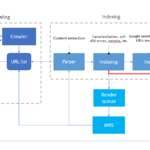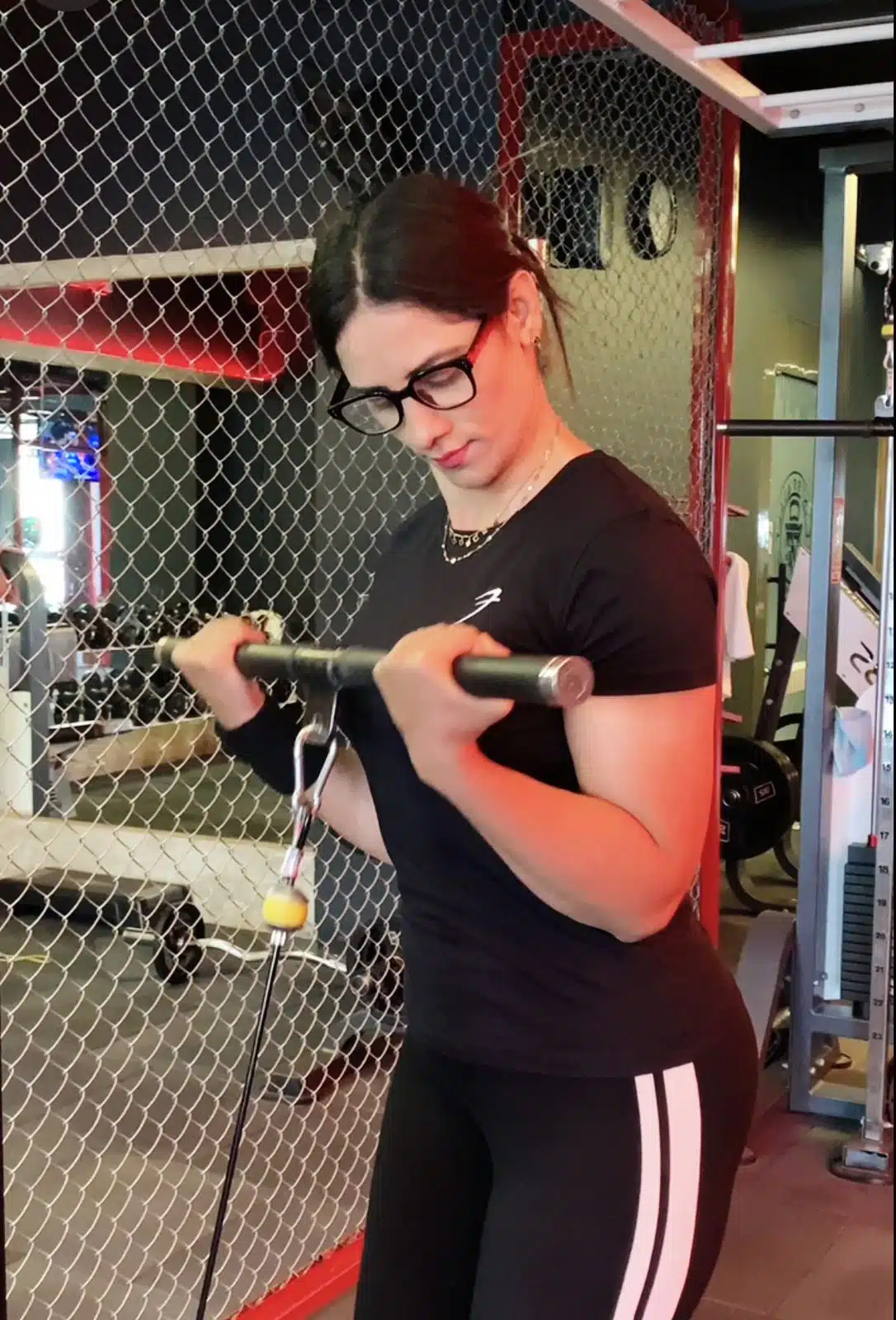Why Frequently Changing Workouts Can Be Counterproductive
By Pankaj Dhuper, Fittr Coach
#fittrcoach
Introduction: The Illusion of Constant Change
In today’s fitness culture, there’s a common belief that “muscle confusion”—or constantly changing workouts—is the secret to success. The idea sounds appealing: keep the muscles guessing and the gains coming. However, when we look at the science of motor learning, hypertrophy, and progressive overload, a different picture emerges.
While some variation has its place in any effective program, frequently and randomly switching workouts can be counterproductive—especially for those who want to build strength, gain muscle, or master certain lifts. Let’s break down why.
Motor Learning and Skill Acquisition: Why Repetition Matters
How the Brain and Body Learn Movement
Every exercise you perform is not just a muscular activity—it’s also a neurological process. Your brain and central nervous system are learning how to execute movements more efficiently each time you perform them. This is called motor learning.
Think about learning to play the piano or ride a bicycle. Mastery doesn’t come from doing it once a week and then switching to something else—it comes from consistent repetition. The same logic applies to complex movements like squats, deadlifts, and presses.
Why Frequent Changes Disrupt This Process
When you change exercises too frequently:
- You don’t give your brain and body enough time to build and refine the motor patterns.
- Each new movement has a learning curve, taking time and energy away from progressing your main lifts.
- You limit your ability to generate force, lift heavier loads, or execute with perfect form.
This ultimately hampers strength gains, increases injury risk, and slows down overall progress.
Hypertrophy and Strength Gains: The Science Behind Growth
Total Volume vs. Exercise Selection
Research has consistently shown that total weekly training volume (i.e., the total amount of work done for each muscle group per week) is a key driver of muscle growth. Whether you use a barbell, dumbbells, cables, or machines—if the volume is matched, gains can be similar.
But there’s a catch.
Frequent exercise variation can:
- Make it difficult to track progress.
- Limit progressive overload—the gradual increase in stress placed on the muscles.
- Reduce your ability to improve technique and lift heavier over time.
Meta-analysis findings (see references below) confirm that consistent execution of core lifts over time yields better strength improvements compared to randomized variation.
What This Means for You
If your goal is to build muscle or get stronger, constantly “confusing” your muscles by changing exercises every week can lead to suboptimal results. You may feel sore and sweaty, but that doesn’t always translate to better outcomes.
Motivation vs. Progress: The Real Trade-Off
Yes, Variety Can Be Fun—but at What Cost?
Many people enjoy variety—it can help beat boredom, improve adherence, and add fun to your routine. And that’s important! A routine that excites you is one you’re more likely to stick with.
But here’s the dilemma:
- If motivation comes at the cost of progress, you might find yourself spinning your wheels—working hard but not seeing results.
- New exercises don’t necessarily stimulate more growth—they often just feel harder because you’re not yet efficient at them.
Finding the Balance
The key is to balance structure with variety:
- Keep core movements consistent to measure and build progress.
- Rotate accessory or isolation exercises every 4–6 weeks to keep things fresh.
Remember, training should challenge your body—not confuse it without purpose.
Practical Recommendations: How to Train Smarter
Here’s how you can structure your training to make the most of both worlds:
1. Stick to Foundational Compound Lifts
Exercises like squats, deadlifts, bench press, overhead press, rows, and pull-ups should form the core of your training plan. Perform these consistently for several weeks or months.
These movements:
- Recruit multiple muscle groups
- Build strength and size efficiently
- Are ideal for tracking performance
2. Cycle Accessory Exercises Thoughtfully
Every 4–6 weeks, rotate accessory lifts (e.g., bicep curls, lateral raises, leg extensions). This provides a new stimulus without disrupting the core of your program.
3. Use Periodization
Periodization is the structured variation of volume, intensity, and movement over time. Plan your training in cycles (4–12 weeks) with clear goals—like hypertrophy, strength, endurance, or power.
4. Track Your Progress
You can’t improve what you don’t track. Log your lifts, reps, and rest periods so you can apply progressive overload over time.
Conclusion: Consistency is Key to Progress
In the age of social media workouts and flashy routines, it’s easy to believe that more variation equals better results. But the truth is, consistency trumps novelty when it comes to building a stronger, fitter body.
By maintaining consistency in your core lifts, applying progressive overload, and introducing variation with purpose—not randomness—you set yourself up for sustainable and measurable progress.
Takeaway: Changing workouts too often can hinder your progress. Stay consistent, train with intent, and let structure—not spontaneity—guide your journey.
References
- Effects of Resistance Training Frequency on Measures of Muscle
- Weekly Training Frequency Effects on Strength Gain: A Meta-Analysis
- Effects of Training Frequency on Muscular Strength for Trained Men
- Effect of Resistance Training Frequency on Gains in Muscular Strength
- American College of Sports Medicine Position Stand: Progression Models in Resistance Training
Tags
#workout #fitness #gym #motivation #fitnessmotivation #fit #training #changingworkouts #gymlife #health #fitfam #exercise #gymmotivation #lifestyle #muscle #healthylifestyle #fitnesscoach #workoutmotivation #sport #healthy #selfloved #instagood #weightloss #strong #fitnessjourney #fitat43 #strength #fittrcoach









